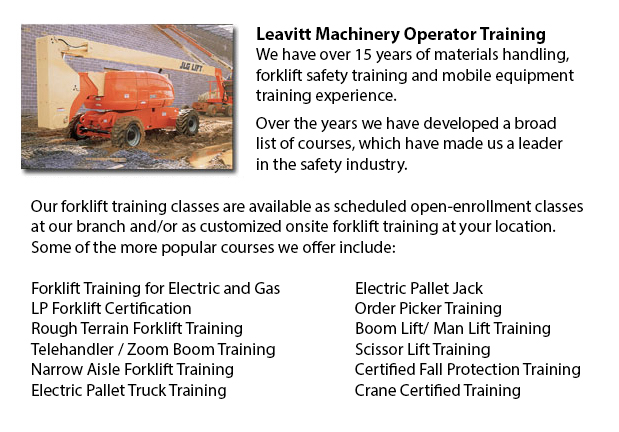
Aerial Lift Ticket Burlington - Boom vehicle are often used by phone, cable television and utilities companies as they have long folded arms which are typically folded over the roofs of company vans. On the end of the extension of extendable arms more often than not sits a bucket-like apparatus. When a container vehicle has an extendable boom installed on the roof this is sometimes referred to as an "aerial boom truck" or a "cherry picker". It is able to transport workers to the peak of a phone or utility pole. Bucket boom lift trucks have a lifting capacity of around 350 lbs to 1500 lbs or 158 kg to 680 kg plus they are able of extending the bucket up to 34 feet or just over 10 meters into the air.
Heavy equipment boom trucks or construction boom trucks might have a crane attached to the back. These cranes referred to as knuckle booms can be short and compact or be of the trolley boom variety, where the crane is able to extend the length of the vehicle bed. Crane boom vehicles have a hauling capacity between 10 to 50 tons or around 9 to 45 metric tons.
Concrete boom vehicles are a different adaptation. The booms on these lift trucks have a tube with a nozzle at the extreme end and are used to pump concrete or other resources. The locations where these materials ought to be deposited is commonly inaccessible to the vehicle or is stationed at a considerable height, therefore, the boom of a bigger concrete boom vehicle may be extended 230 feet or roughly 71 meters. The truck then pumps the material through the boom precisely depositing it into the space where it is required.
Fire departments are outfitted with a lengthy bucket boom used to hoist firefighters to the upper floors of a building. Once in place, this boom enables them to direct water onto a fire or to rescue ensnared victims. A lot of of the older hook and ladder lift trucks have been replaced with modern boom trucks.
Self propelled booms are very similar to forklifts. These little boom trucks may raise employees to elevated cargo space or to the ceiling of large warehouses and stockroom facilities. They are more secure and therefore much safer than using extension ladders for the same application.
-
Order Picker Training Burlington
Order Picker Training Burlington - Order picker's enables warehouse employees to lift pallets using forks. Also called a stock picker, this particular electrically-powered equipment is similar to a forklift except that an order picker is likewise uti... More -
Crane Certification Burlington
Crane Certification Burlington - The Crane Certification training program includes content recommended by industry regarding the efficient and safe operation of cranes. Trainees would learn the following: how to identify cranes and their component pa... More -
Overhead Crane Training Burlington
Overhead Crane Training Burlington - The overhead crane is a piece of equipment which can lift and move huge, heavy objects which can't be handled by hands. Typically, overhead cranes are fixed in place. These equipment are capable of moving huge vol... More -
Aerial Lift / Boom Lift / Man Lift / Scissor Lift Training in Burlington
Lift tables or scissor lifts could elevate both people and goods vertically. They are normally used in construction, commercial and industrial environments. Commonly, the use of a scissor lift is to lift and lower supplies from one floor of a job loc... More -
Telehandler Operator Training Burlington
Telehandler Operator Training Burlington - Telescopic Handler forklifts or telehandler forklifts are usually found on construction places and their popularity continues to rise. The versatility of telehandler forklifts ensures that they are a valuabl... More -
Forklift Training Classes Burlington
Forklift Training Classes Burlington - Forklift are heavy pieces of industrial machines that are made use of in transporting and the handling of merchandise and materials. They are often known as Lift trucks and are found in all sorts of businesses.... More -
Boom Lift Training Burlington
Boom Lift Training Burlington - Aerial platforms or also known as elevated work platforms are devices that allow workers to perform tasks and duties at elevated heights that would not be otherwise accessible. There are a variety of aerial lifts avail... More -
Bucket Truck Training Burlington
Bucket Truck Training Burlington - The Vehicle-Mounted Aerial Work Platform or also called bucket truck training program is intended to decrease the risk of incident and personal injury while working in close proximity or with bucket trucks by effici... More

Forklift Training Burlington
TOLL FREE: 1-888-254-6157
Burlington, Ontario
forklifttrainingburlington.com
Email Us
About Us


